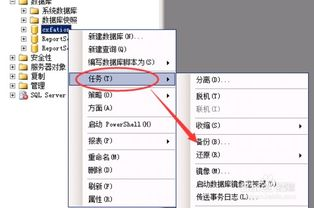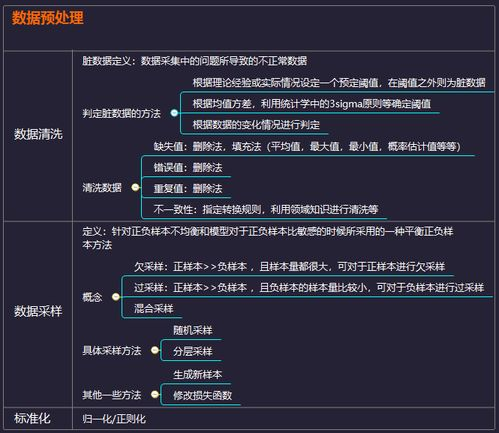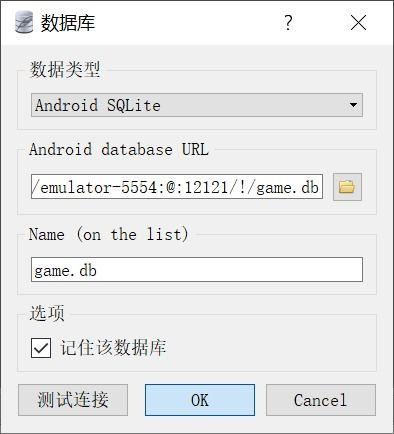ASP.NET MVC5页面跳转的正确姿势
ASP.NET MVC5是微软推出的一种基于模型-视图-控制器(MVC)架构的Web应用程序框架。在使用MVC5开发Web应用程序时,页面跳转是一个非常常见的需求。本文将为您详细介绍在ASP.NET MVC5中如何实现页面跳转。
1. 使用ActionResult跳转
在MVC5中,我们可以使用ActionResult来实现页面跳转。ActionResult是一个抽象基类,它有许多派生类,如RedirectResult、ViewResult等,可以用来实现不同类型的页面跳转。
例如,我们可以使用RedirectToAction方法跳转到另一个Action方法:
```csharp public ActionResult Index() { return RedirectToAction("About"); } public ActionResult About() { return View(); } ```
在上面的代码中,当用户访问Index Action方法时,会自动跳转到About Action方法。
2. 使用Redirect跳转
除了使用ActionResult,我们还可以使用Redirect方法实现页面跳转。Redirect方法可以跳转到指定的URL,包括内部URL和外部URL。
例如,我们可以使用Redirect方法跳转到Google:
```csharp public ActionResult Index() { return Redirect("e.com"); } ```
在上面的代码中,当用户访问Index Action方法时,会跳转到Google网站。
3. 使用RedirectToRoute跳转
除了使用ActionResult和Redirect方法,我们还可以使用RedirectToRoute方法实现页面跳转。RedirectToRoute方法可以跳转到指定的路由。
例如,我们可以使用RedirectToRoute方法跳转到Home Controller的Index Action方法:
```csharp public ActionResult Index() { return RedirectToRoute("Default", new { controller = "Home", action = "Index" }); } ```
在上面的代码中,当用户访问Index Action方法时,会跳转到Home Controller的Index Action方法。
总之,在ASP.NET MVC5中,我们可以使用ActionResult、Redirect和RedirectToRoute等方法实现页面跳转。这些方法各有优缺点,开发者可以根据具体需求选择合适的方法。希望本文对您有所帮助。






